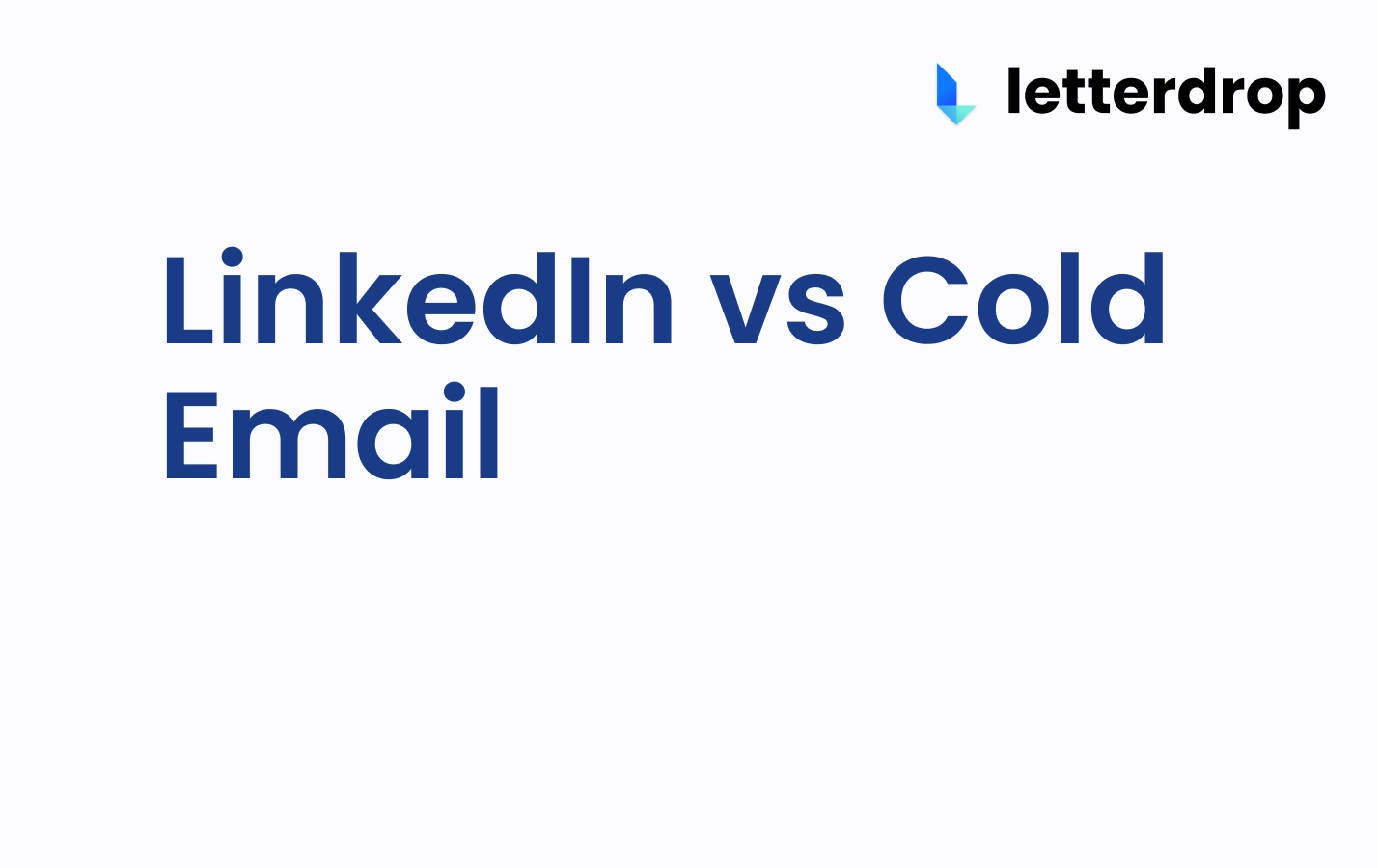How to Create Sales Battlecards
TL;DR:
- Sales battlecards are one-page resources to help sales teams close deals faster by addressing objections and providing key information.
- Types of battlecards include product, competitor, question-based, and comprehensive.
- To create effective battlecards, study customers, competitors, and internal data, and design a template for customization.
- Best practices include involving multiple teams, keeping it simple, updating regularly, using visuals, training the team, and measuring performance.
- Letterdrop can automatically mine data from sales calls to help create accurate battlecards.
If you want to create sales battlecards that actually help move the needle, you need to know exactly where to find the information that needs to be on them.
This includes competitor intelligence, common customer objections and questions, how you stand out against incumbents, and more.
You could do this manually, as most teams do — or use tooling to automatically source this data for your battlecards.
What Are Sales Battlecards?
Typically, sales battlecards are one-page resources that equip a sales team to handle potential blocks to a deal and close it faster. They include:
- Product/service details
- Competitive intelligence and how your product stands out
- Pricing information
- Unique selling points
- Common customer objections and responses
- Key contacts and sales tools
Here's an example of a sales battlecard for HubSpot.

As for the benefits:
- Increased Team Efficiency: Access up-to-date information to close deals faster.
- Competitive Advantage: Understand how your product stacks up against others so that you can demonstrate this to potential buyers.
- Consistent Messaging: Following battlecard messaging and positioning across the team can help drive home your offerings better.
- Improved Training: Help new hires get up to speed quickly on what your offerings are and how you can overcome common objections to deals.
How to Create Sales Battlecards
Types of Battlecards to Create
You might get subsets and related categories of sales battlecards, or choose to dedicate the entire page to one specific purpose (for example, objections.)
But these are the main four themes or types of "cards" you want to create for battlecards:
1. Product battlecards, which focus on your product's features and benefits (unique selling points, value prop, and more)

2. Competitor battlecards, which include weighing strengths and weaknesses of your competitors' against your own

3. Question-based battlecards, which address common objections and FAQs

4. Comprehensive (scenario-dependent) battlecards. This could include target audience details or specific objection handling tactics

Make sure your battlecards are easily accessible to the whole team through a centralized platform or CRM system — Google Drive comes to mind.
Creating Sales Battlecards
1. Study Customers, Competitors, and Internal Data
For Product Questions and Objections
To make your question-based and comprehensive battlecards, you need to fully understand your customer's pain points, common objections, and frequently-asked questions.
You need to study and record your sales calls with software like Gong, Fathom, Fireflies, or Chorus and become crystal clear on:
- who your customer is at these target accounts
- what their top problems are
- what the cost of these problems is
- what the status quo or default state of things are
- why they need to solve these problems
- what the triggers that make these problems important to solve
- the questions they ask
- the most common reasons why deals are slowed, stalled, or lost (we have a guide on how to handle objections in sales calls)
Instead of you sitting through hundreds of calls manually, Letterdrop can automatically pull themes such as product questions and objections into a dashboard for you.

You can also directly ask Letterdrop a question (for example, "What are the most common objections across these calls?") and it will pull the data from corresponding calls for you.

For Competitor Intelligence
You need to spend time on competitor websites to fully understand what they offer and how they position their products compared to you. This also helps you give a factual, contextual, and honest overview of competitors to your prospects.
When it comes to studying your competitors, tools like Ahrefs, Semrush, and Similarweb can help you get a better picture of what kinds of keywords they're targeting and the content they're putting out.

This can take time, though — and you may end up focusing on the wrong thing, sinking time into something your customers don't really care about.
Letterdrop can pull every competitor mention from your sales calls for you, allowing a more accurate view of what they're looking for.
Letterdrop also sends you an email post-call, suggesting case studies and related content up on your site to share with the prospect to help close the deal based on what was said.

You should also talk to folks at the company who can give you better insights into what customers want. Specifically, speak to:
- other sales reps or sales leaders
- customer support
- product marketers
2. Design a Template
Create a cloneable template to base all your future battlecards on. Remember, this is usually a one-pager, but you can dedicate entire pages to one purpose (for example, handling questions.)
Battlecard templates need to be both informative and quick to skim read, making it easy for you to pinpoint information during sales calls and answer questions on the fly.
It's important you link to related resources, too.
3. Customize Battlecards Accordingly
The information on your battlecards depends on specific customer needs at specific stages in a deal cycle.
You need to tailor those battlecards accordingly, using sales conversations and internal data to inform your choices.
Best Practices for Creating Effective Sales Battlecards
- Involve Multiple Teams: Collaborate with sales, marketing, product, and customer success teams to make sure you cover every possible angle for tackling objections head-on.
- Keep It Simple: Your battlecards should be clean and skimmable so that you can quickly pass along the information you're looking for.
- Keep Them Updated. Revisit and refresh your sales battlecard content to make sure you're passing along the right information at the right time.
- Use Visuals: Include charts, graphs, and other visuals to highlight key points and put them across faster.
- Train Your Team: Provide training on how to use battlecards effectively.
- Measure Performance: Track the usage and effectiveness of battlecards and make necessary adjustments.
Know What to Put on Battlecards At a Glance
Your sales team need to know that what they put on their battlecards are accurate representations of what customers are looking for.
We can help you automatically mine this data from your sales calls.
Subscribe to newsletter
No-BS GTM strategies to build more pipeline in your inbox every week
Related Reading
Some other posts you might find helpful
















